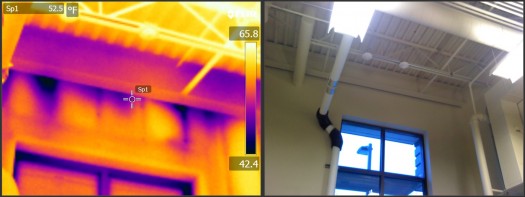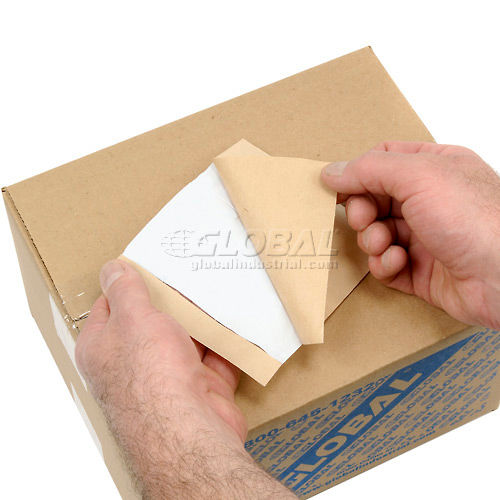

- The building envelope does not include upgrade#
- The building envelope does not include iso#
- The building envelope does not include windows#
timber studs in a timber frame wall) should not be considered as an individual element in this respect, as these are already taken into account within a BS EN ISO 6946: 2007 U-value calculation.įor communal areas refer also to clause 6.2.13.Įxcluding separating walls and separating floors between heated areas where thermal transmittance need not be assessed, beyond measures to limit heat loss arising from air movement within any cavity separating wall.Ĭavity separating walls - unanticipated heat loss can arise via air movement, within a cavity separating wall, from heated areas to points outwith the insulation envelope. This is particularly important with regard to the control of condensation (see Section 3: Environment). These localised areas should have a U-value no worse than the figures given in column (b) of the table below. An example of this would be a meter box set into an external wall.

These in turn will need to be compensated by the rest of the element being designed and built to a more demanding level. Localised areas of the same building element may be designed to give a poorer performance. In most cases, meeting Standard 6.1 will result in even better levels of thermal insulation unless the design of a dwelling involves extensive use of building -integrated or localised low carbon equipment (LCE). Column (a) of the table below sets out robust backstop measures. Where a balanced and practical approach is taken to reducing energy demand in new dwellings, a consistent and good level of fabric insulation will limit heat loss through the building envelope. When addressing infiltration, the provision of adequate, controllable ventilation is essential if both energy efficiency and good indoor air quality are to be achieved.Ĭonversions - in the case of conversions, as specified in regulation 4, the building as converted shall meet the requirements of this standard in so far as is reasonably practicable, and in no case be worse than before the conversion (regulation 12, schedule 6). If the same building was upgraded to 2002 levels of fabric insulation but no attempt was made to improve the air permeability then the heat loss through infiltration could represent over 40% of total heat losses.
The building envelope does not include windows#
For example, in a typical 1960’s house with poorly fitted windows 20% of the total heat could be lost through air infiltration. Īs fabric insulation levels improve, the rate at which heat is lost through air infiltration through the building envelope (air permeability) becomes proportionally greater. Heat loss through such junctions, if poorly designed and constructed can contribute significantly to the overall heat loss through the insulation envelope. Non-repeating thermal bridging at the junctions of building elements and around openings in the building envelope form part of the calculation of energy performance in the Standard Assessment Procedure ( SAP 2012, see clause 6.1.1).
The building envelope does not include upgrade#
To ensure that a good level of fabric insulation is incorporated in building work, especially to construction elements that would be difficult or costly to upgrade in the future. To help reduce energy demand, particularly in new dwellings, where use of low carbon equipment (LCE) may reduce carbon dioxide emissions but not energy consumption, and


 0 kommentar(er)
0 kommentar(er)
